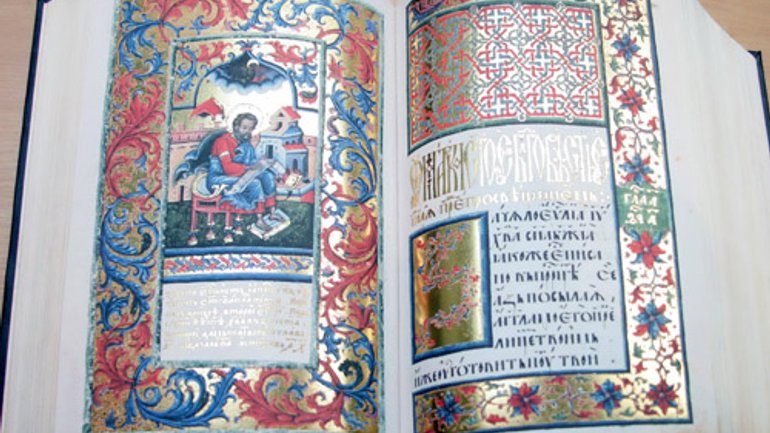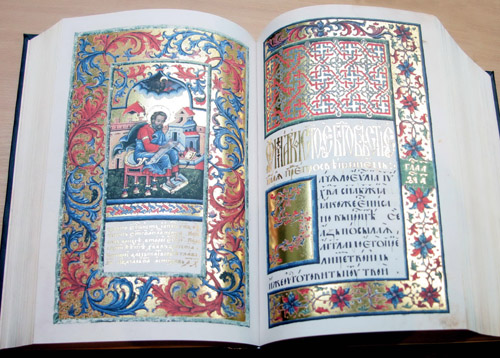Peresopnytsia museum has assembled a unique collection of Bibles

 Finnish, Vietnamese, Korean, Roma, Karakalpak, and even Esperanto – these are just a few of the languages in which religious texts are available in Peresopnytsia. The local museum has assembled a unique collection of the Holy Scriptures’ translations, including 50 items as of now.
Finnish, Vietnamese, Korean, Roma, Karakalpak, and even Esperanto – these are just a few of the languages in which religious texts are available in Peresopnytsia. The local museum has assembled a unique collection of the Holy Scriptures’ translations, including 50 items as of now.
“The idea of creating such a collection arose immediately before the museum’s opening. While shaping the exhibition, we were pondering how it might look,” director of Peresopnytsia Cultural and Archeological Center Mykola Fedoryshyn recalls. “I had a few translations of the Scriptures in my home. They became the first exhibits. Then, more books started coming from abroad. The point of this exhibition is to allow tourists from any country to read Christian texts in their mother tongue. By the way, a Dutch translation is our latest acquisition, and we had a few Dutch tourists come here lately. They not only paid attention to that exhibit, but told us about its donator, too.”
Today, the collection includes the Holy Scriptures in every European language as well as some exotic ones. A gilt-edged Bible from Finland is the most valuable exhibit. The museum’s employees hope to supplement the exhibition with new items. As of now, the complete Bible has been translated into 300 languages, while the Gospel has had 900 translations done. “It comes down to the fact that abroad, religious texts can be obtained even at reception desks. That is, they are readily available,” the center’s research fellow Larysa Parfeniuk says.
Peresopnytsia is the most appropriate place for such a collection, since the Peresopnytsia Gospel is the earliest known translation of the Holy Scriptures into the vernacular Ukrainian of the time.
The 17th-century printed books are available for the visitors to see, too. By the way, one of them had been kept by a local family for a long time, having been donated to the museum only recently. Some exhibits have been donated by the region’s parish churches.
In addition, the cultural and archeological center’s collection features Christian-associated artifacts found in Peresopnytsia, including 12th-century fasteners for sacred books. Fedoryshyn maintains they are rarities. A sacred book was worth as much as a small village at the time. The exhibition includes encolpyon crosses with the relics of saints within. The better-off residents of Peresopnytsia, the princely capital, wore such crosses on their chests. The exhibition will continue to expand, the institution’s employees maintain.









